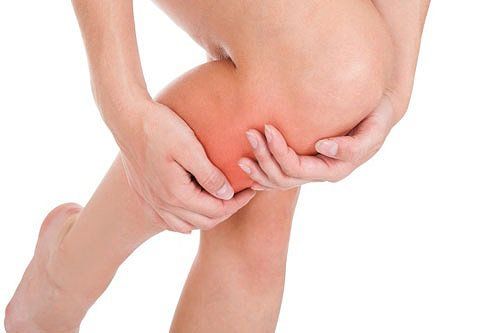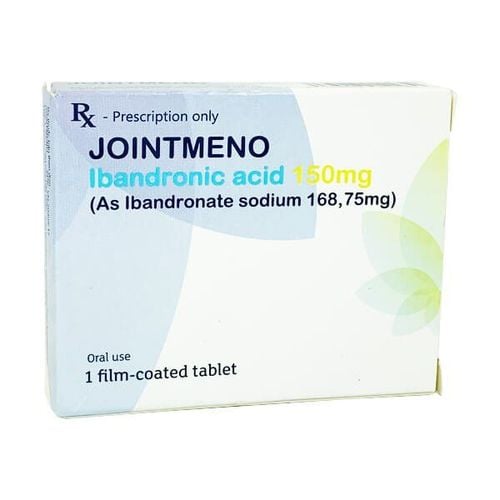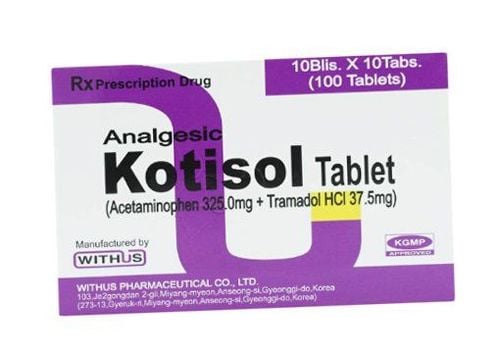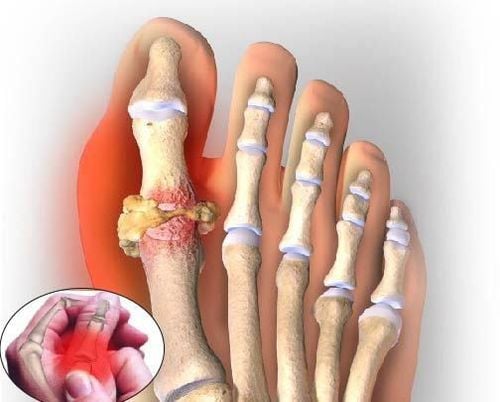This is an automatically translated article.
Paget's disease of bone causes bones to become weak and brittle. More dangerously, Paget's disease of bone can damage the bones of the skull, spine, neck, and pelvis.1. What is Paget's disease of bone?
Paget's disease of bone is an abnormal disorder of bone structure. Normally, in the process of forming and building bone structure, old bone cells will gradually be replaced by new bone cells. With Paget's disease of bone, this replacement ability will be prevented, causing new bone cells not to promptly replace old bone cells, these bones will become weak and fragile.
Paget's disease of bone can occur in any bone, especially in the neck, spine, skull, pelvis, and leg bones. These are all important bone areas in the body, greatly affecting the health, even the life of the patient.
2. Symptoms of bone paget disease
Many people have Paget's disease of bone but have no specific symptoms, some people have symptoms but the expression level is very mild, difficult to recognize. Specific signs of bone paget's disease include:
Decrease in height Painful bones Stiffness Ankle pain Unusually deformed legs If the paget bone is in the skull area, the head and skull bones are enlarged and deformed Headache Hearing loss Strength Weak, brittle bones The skin surrounding the affected bone is warm
3. Diagnosis of bone paget disease
The diagnosis of Paget's disease of bone is based on the symptoms of the disease and the results of laboratory tests and imaging tests.3.1. Check out pictures
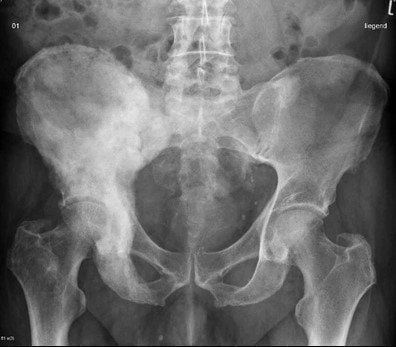
Chụp X - quang sẽ cho thấy các dấu hiệu bất thường đầu tiên của bệnh paget
Alternatively, the doctor can perform a bone projection. The patient will be injected with radioactive material to perform this imaging step. The radioactive material travels to the bone sites most affected by Paget's disease and displays bright spots on the images.
3.2. Laboratory tests People with Paget's disease of bone often have high levels of alkaline phosphatase in the blood and increased hydroxyproline in the urine. Therefore, to diagnose Paget's disease of bone, the doctor may order the patient to perform blood and urine tests.
4. Treatment of bone paget disease
Patients with Paget's disease of bone who have no symptoms may not need treatment. But if there are painful symptoms, the risk of affecting the spine, skull, and neck bones is high, then the doctor can advise the patient to treat to prevent complications.
4.1. Drug treatment Osteoporosis drugs are a common treatment for patients with Paget's disease of the bone. There are many types of bone paget drugs that may be prescribed, including oral and injectable medications. Oral osteoporosis drugs are better tolerated but may cause gastrointestinal irritation.
In case the patient cannot take anti-osteoporosis drugs, the doctor may prescribe calcitonin - a natural hormone involved in the regulation and metabolism of bone calcium. This is an injectable drug that can cause nausea and irritation at the injection site.
4.2. Surgery In case drug treatment is not effective, the patient will be suggested to perform surgery to:
Support healing of fractures Replace damaged joints Reorganize deformed bones Reduce pressure on nerves terrible
Please dial HOTLINE for more information or register for an appointment HERE. Download MyVinmec app to make appointments faster and to manage your bookings easily.




